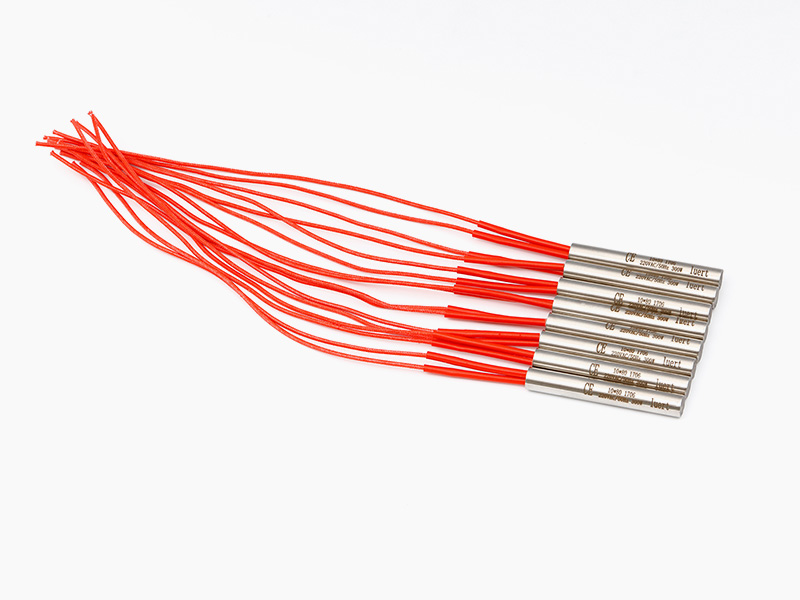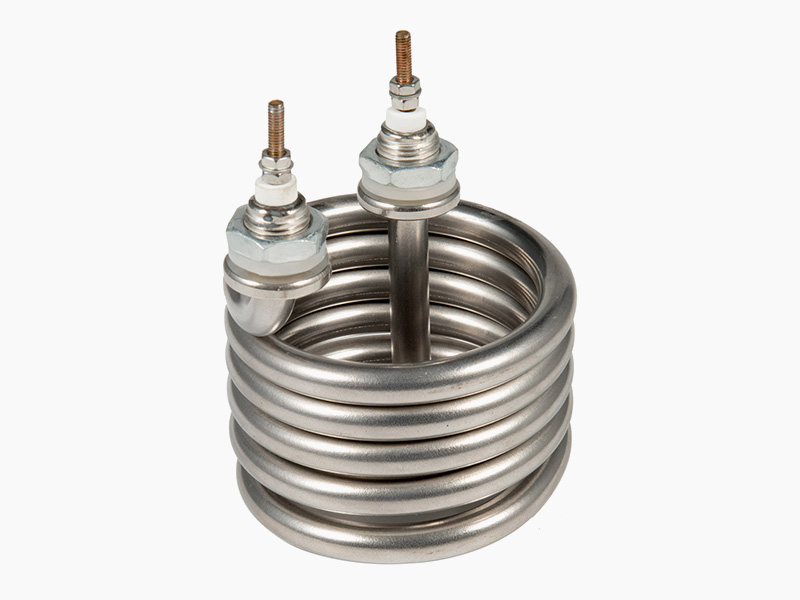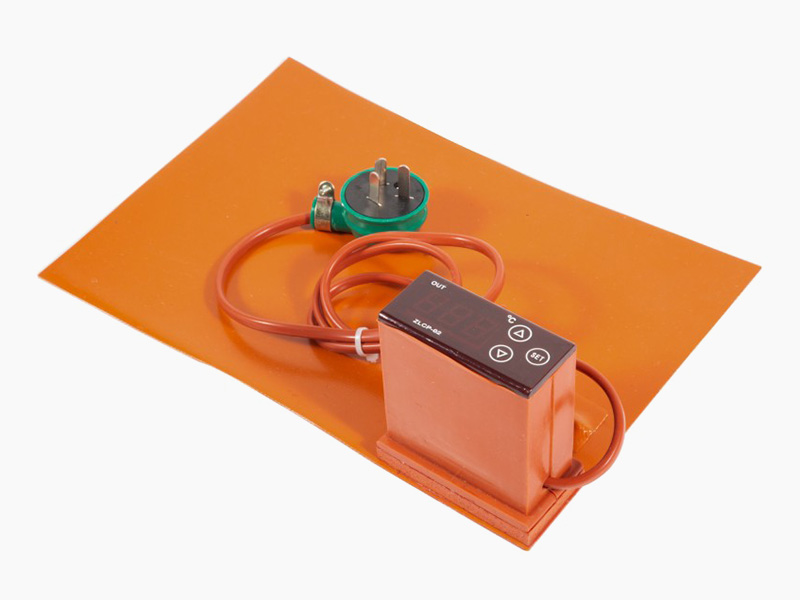Government regulations and energy efficiency standards have also been instrumental in driving improvements in the energy efficiency of electric heating devices.
Many countries have implemented minimum energy efficiency standards for electric heating devices, such as space heaters, water heaters, and ovens. These standards require manufacturers to produce devices that meet certain energy efficiency criteria, ensuring that consumers have access to more efficient products.
Energy efficiency labels are another tool used to help consumers make informed decisions when purchasing electric heating devices. These labels provide information about the energy consumption of a device, allowing consumers to compare different models and choose the one that is most energy-efficient. In many countries, energy efficiency labels are mandatory for certain types of electric heating devices, making it easier for consumers to identify and purchase efficient products.
The advancements in energy efficiency of electric heating devices have come a long way in recent years, thanks to new technologies, design improvements, smart features, and government regulations. From new heating element technologies and heat pumps to smart controls and energy efficiency labels, these innovations are helping to reduce energy consumption, lower energy costs, and minimize the environmental impact of electric heating devices.
As the demand for energy-efficient products continues to grow, we can expect to see even more advancements in the coming years. Manufacturers and researchers will continue to explore new materials, technologies, and designs to further improve the energy efficiency of electric heating devices. With these ongoing efforts, electric heating devices will become an even more sustainable and cost-effective heating option for homes, businesses, and industries.
 Cartridge Heaters Cartridge Heaters
Cartridge Heaters Cartridge Heaters Cartridge Heaters Cartridge Heaters
Cartridge Heaters Cartridge Heaters Tubular Heaters Tubular Heaters
Tubular Heaters Tubular Heaters Tubular Heaters Tubular Heaters
Tubular Heaters Tubular Heaters Tubular Heaters Tubular Heaters
Tubular Heaters Tubular Heaters Silicone Rubber Heaters Silicone Rubber Heaters
Silicone Rubber Heaters Silicone Rubber Heaters Silicone Rubber Heaters Silicone Rubber Heaters
Silicone Rubber Heaters Silicone Rubber Heaters Silicone Rubber Heaters Silicone Rubber Heaters
Silicone Rubber Heaters Silicone Rubber Heaters

 русск
русск Español
Español